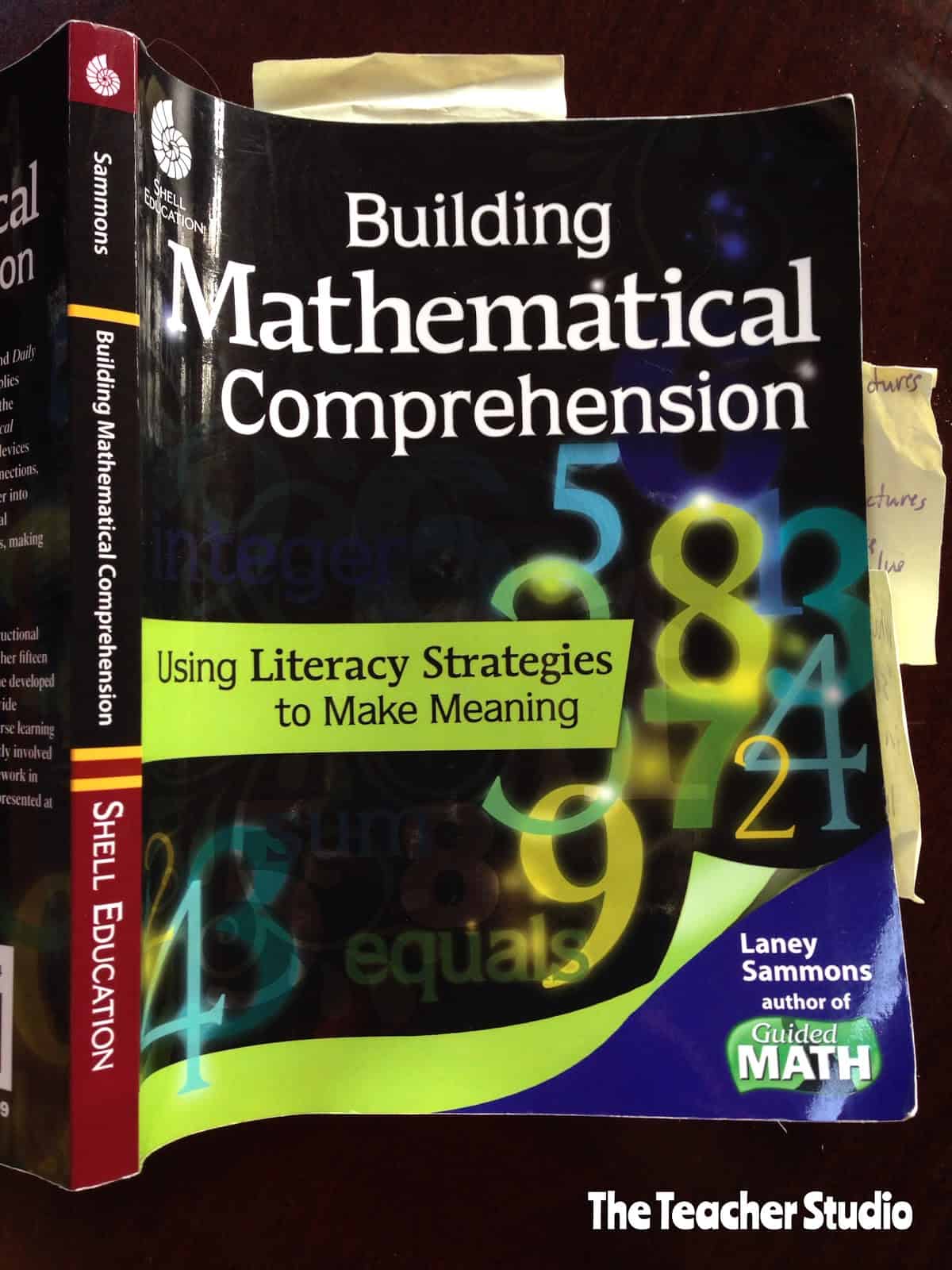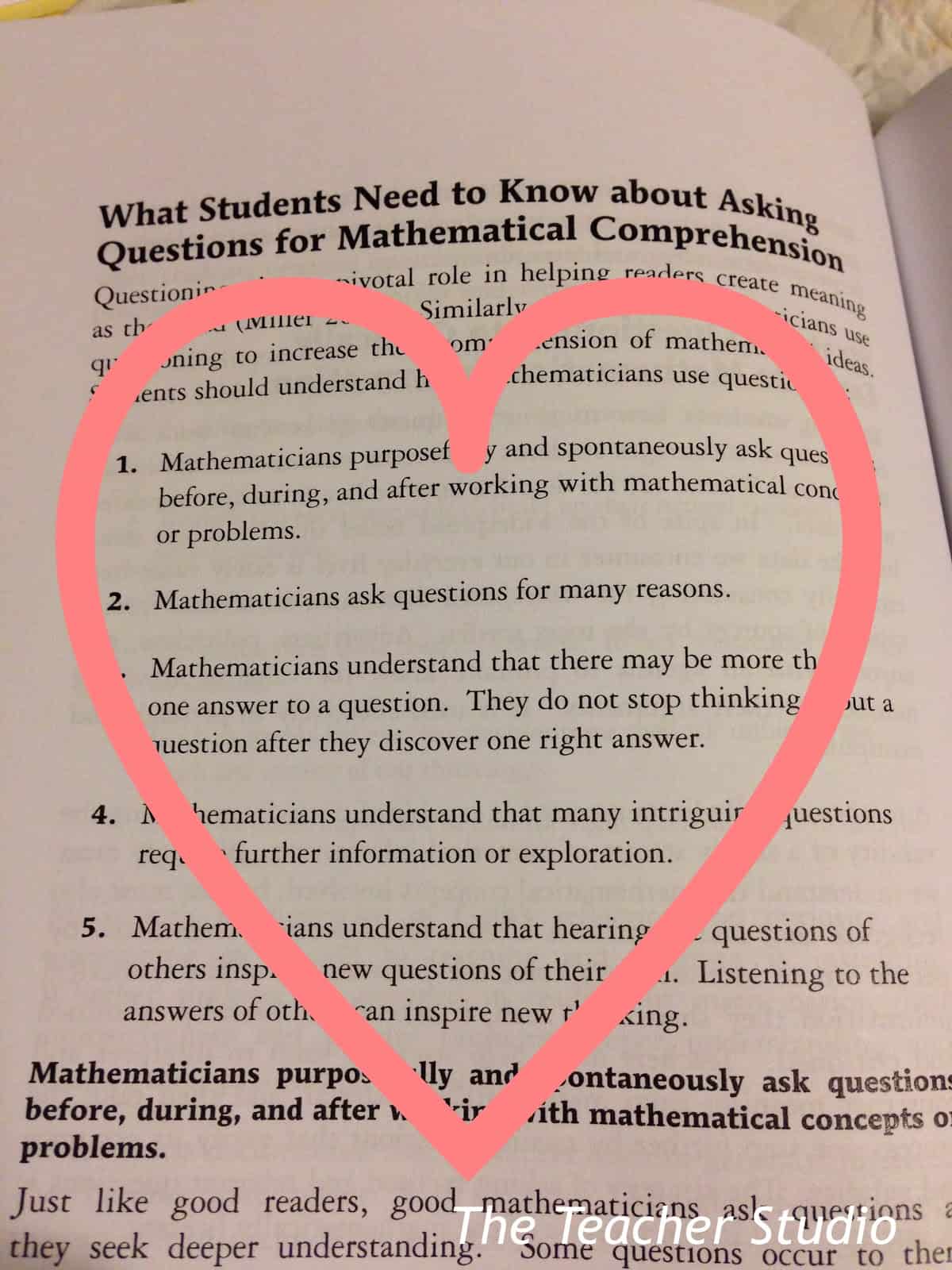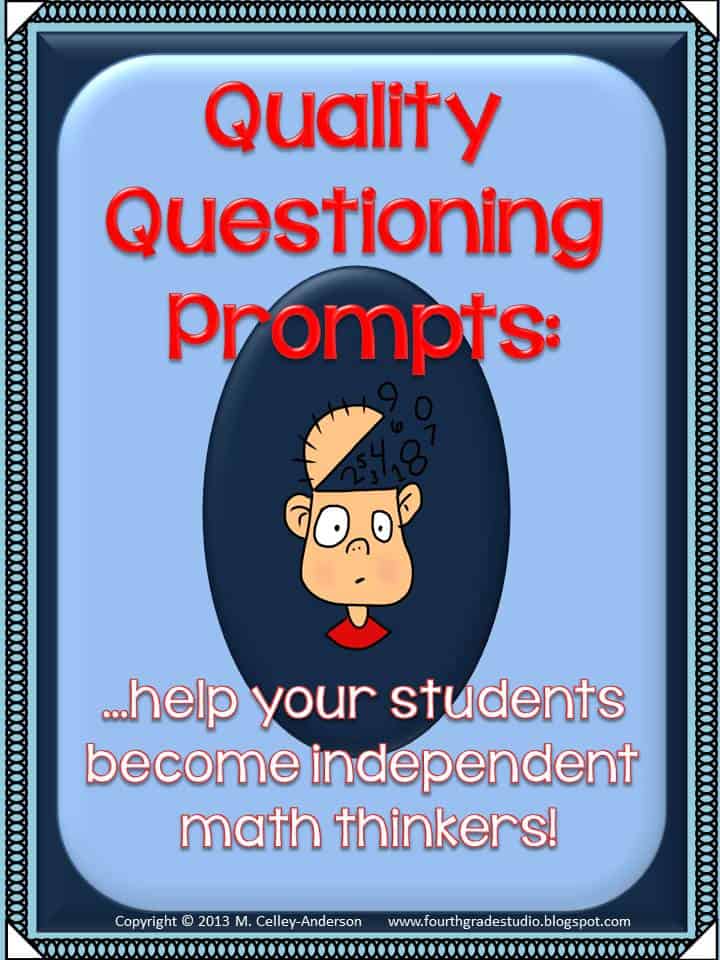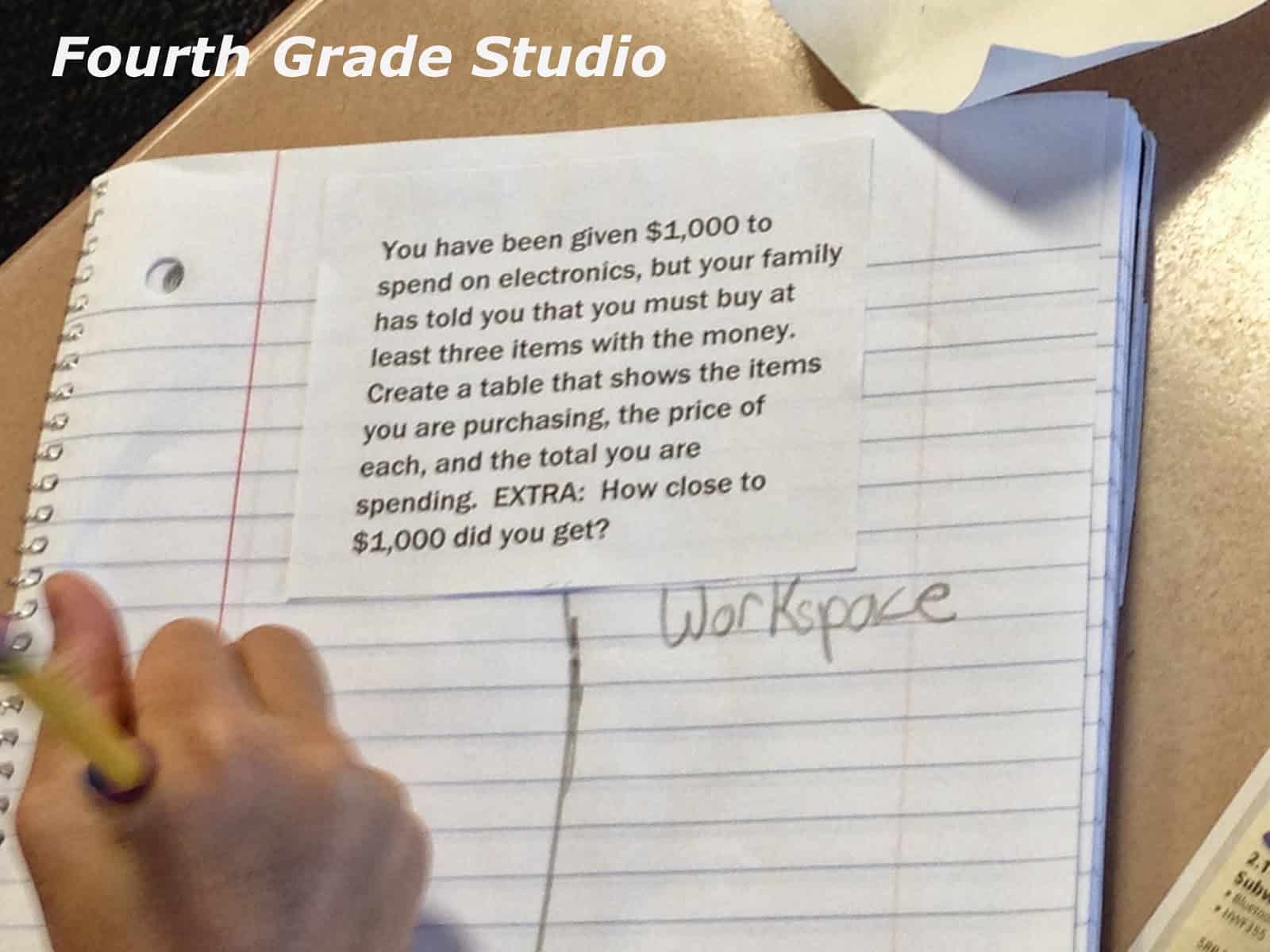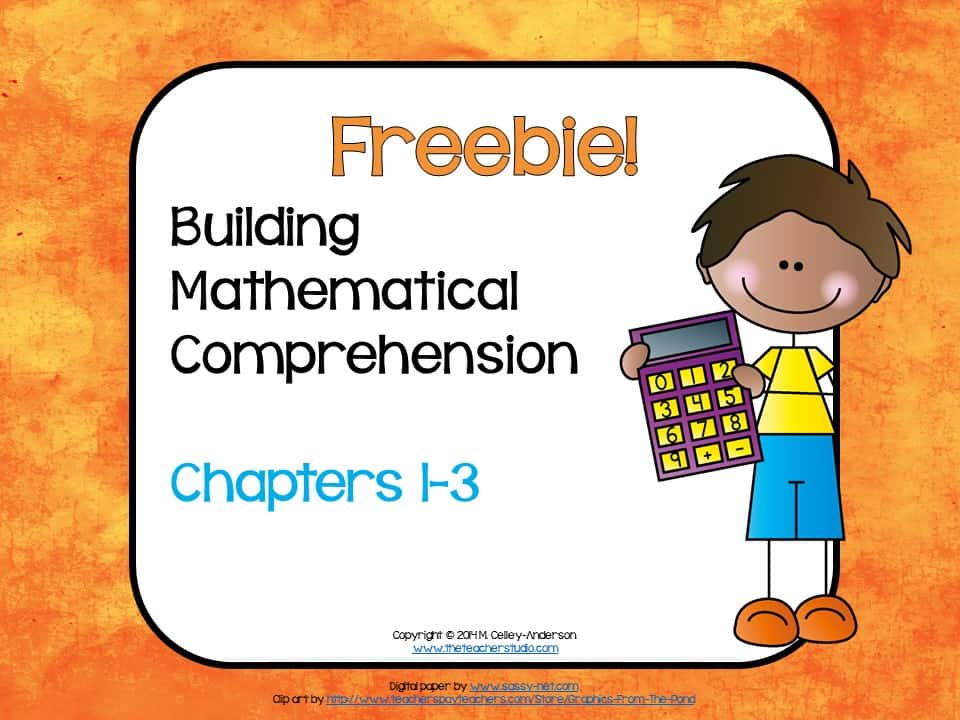It’s here! The second Tuesday book study on…
As a reminder, the schedule will be as follows…
Tuesday, August 5: Discuss chapters 1-3 CLICK HERE TO READ
TODAY Tuesday, August 12: Discuss chapters 4-6
Tuesday, August 19: Discuss “A ha’s” from the remaining chapters
So let’s get started!
Chapter 4: INCREASING COMPREHENSION BY ASKING QUESTIONS
If you haven’t “tuned in” to the many professional discussions about quality questioning that have happened in the last few years, you have missed the boat. The world of teaching is changing, friends–and I believe that questioning and discourse are at the heart of the change. Now I’m going to challenge you. Ready? Don’t be offended.
I am willing to bet that you THINK you ask higher level questions than you really do. Want to prove me wrong? Videotape yourself teaching and then study your questioning. Seriously. Try it! Don’t even TELL anyone…it’s just for you.
This chapter was not new information for me, but I LOVED one page in particular…on page 120, the author stresses how important it is that we help our students understand how mathematicians use questioning. In other words–we need to let our students in on the secret! They need to understand why we are asking probing questions…why we don’t always need to find answers…that questions can lead to more questions and more.
Math has traditionally been a domain where we strive to get an answer–and to get it as quickly as possible. This is a complete shift for many teachers and students! We need to create a culture where questioning and risk taking are not only acceptable–they are expected.
The chapter also review the different types of questions such as thick and thin questions, “right there” questions and so on–all familiar from literacy instruction through the years. I love that this chapter is filled with teaching suggestions and activities to get students involved in questioning…from thinking stems to question journals to “wonder walls”. The chapter stresses how critical it is that we, as teachers, capitalize on the natural curiosity our students have. Need some help in this area? Maybe this freebie of mine can help…
Chapter 5: THE IMPORTANCE OF VISUALIZING MATHEMATICAL IDEAS
Ok…I am just going to say it. I think this chapter alone is worth the price of the book. Ever have one of those moments when you hear/read/see something and you say–“THAT’S what I have been trying to say all this time!”? That’s how I felt when I read this chapter. I have been a HUGE proponent of teaching students to visualize–not to fill out worksheets that ask students to make a certain number of visualizations, etc–but really work to make visualizing a part of their “learning behaviors”. We have to model this CONSTANTLY to help with that. The little things we say…from “Let’s just close our eyes and imagine how big 100 cupcakes would be. What do you see? What about 200 cupcakes? 1,000 cupcakes?” or “Let’s think about this problem and you tell me what you see in your mind…” can help train your students to do this as a part of their thinking process.
The more we can build students “schema”, the better equipped they will be to tackle math challenges. I seriously could not, in one blog post, explain all that is found in this chapter, so I highly recommend you check it out–from talking more about modeling to specific lesson ideas such as “visualize, draw, and share” to math “stretches” to help students refine their ability to visualize…this is a chapter you will want to read several times to really let it sink in.
Chapter 6: MAKING INFERENCES AND PREDICTIONS
The concept of “looking for clues” in reading, math–or any content area–is one that we need to explicitly help students understand. They need to have enough tools in their toolbox to do this…and an excitement about looking to find solutions–even when the solutions are hard to come by! This is SO tied to the earlier chapters where discourse, modeling, wait time, and creating a climate of challenge are key to its success.
So…until next Tuesday, I hope you all had things to think about…and I would LOVE to hear your thoughts about this part of the book. If you didn’t read–no worries. Chime in based on what I wrote above. Not sure what to say? Check out the red guiding questions below but PLEASE don’t feel tied to them!
By the way…want to grab a freebie I made last week that has a few “organizers” to help you apply some of these concepts from the first 3 chapters? Go ahead and grab it if you like!
So…let’s share our thoughts and reflections below. Feel free to chime in with any comments about the reading or reflect on any of the following!
1. How much explicit teaching of visualizing strategies do you do–in reading and in math?
2. What are some ways that you might integrate some of these concepts into your current practice?
3. What lingering questions and “wonderings” do you still have?



